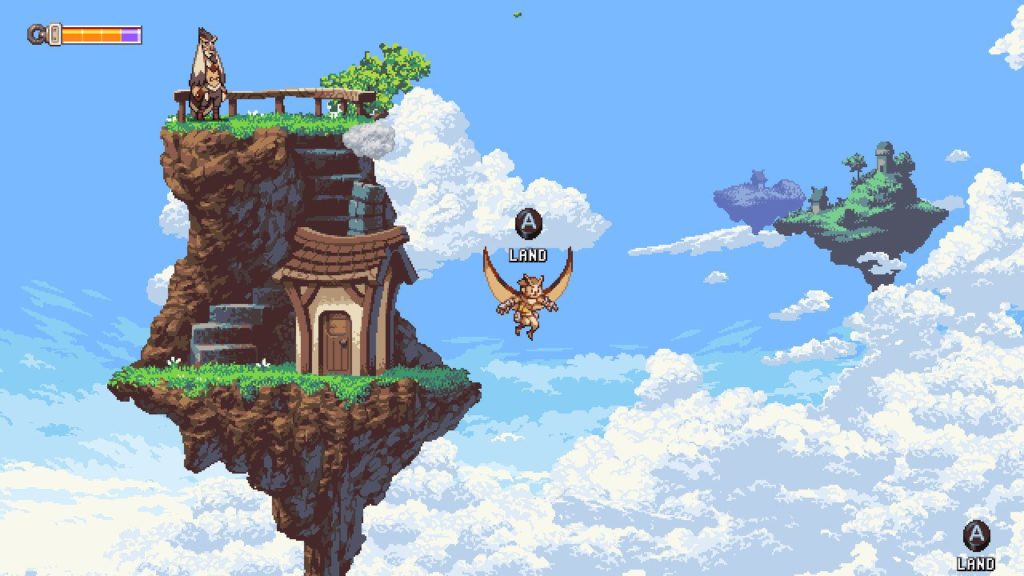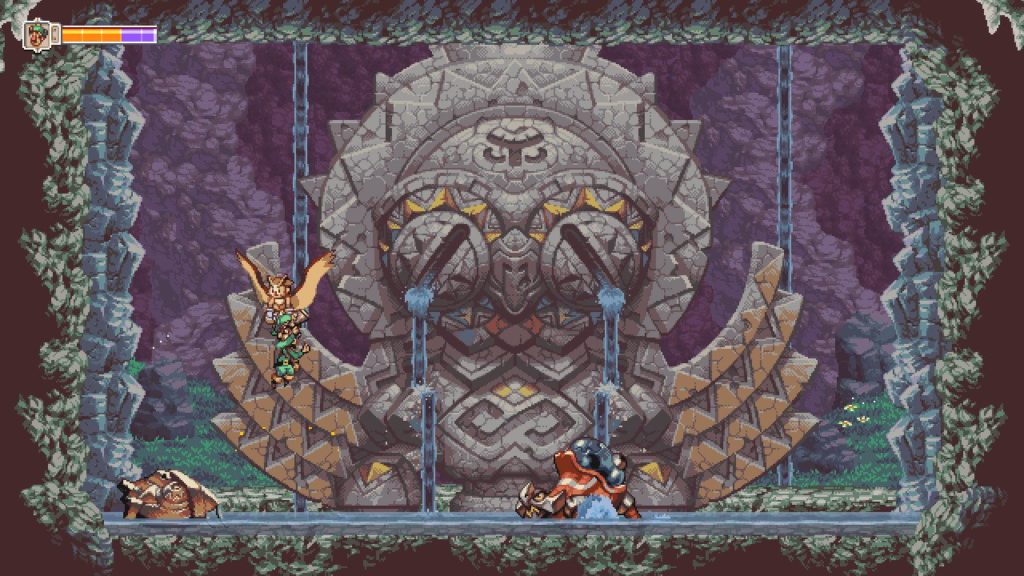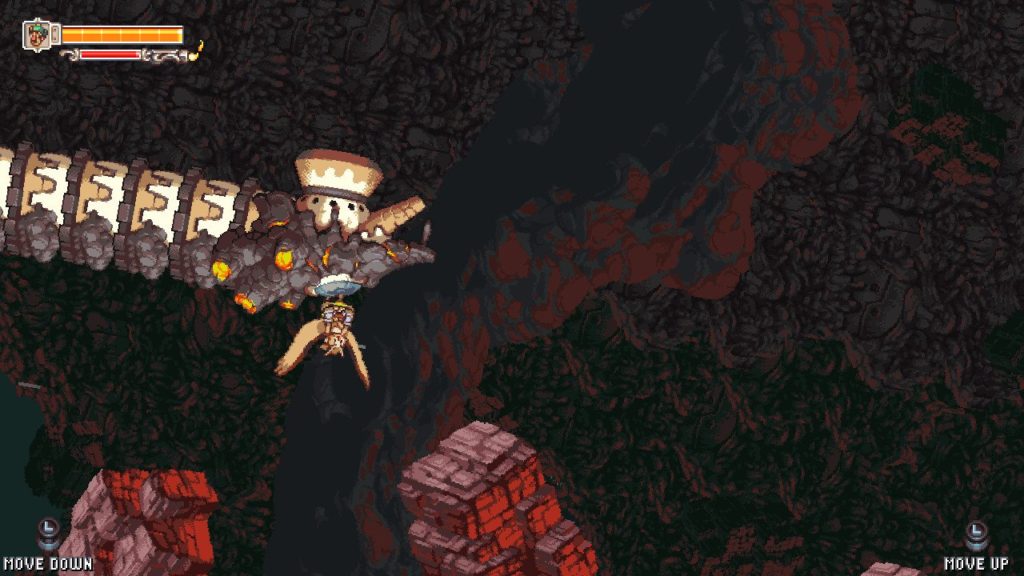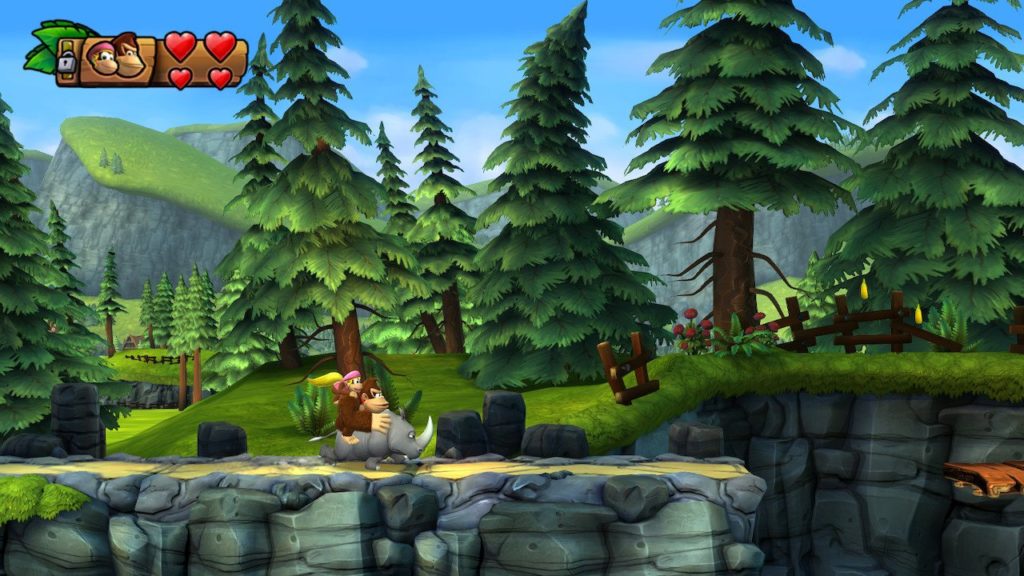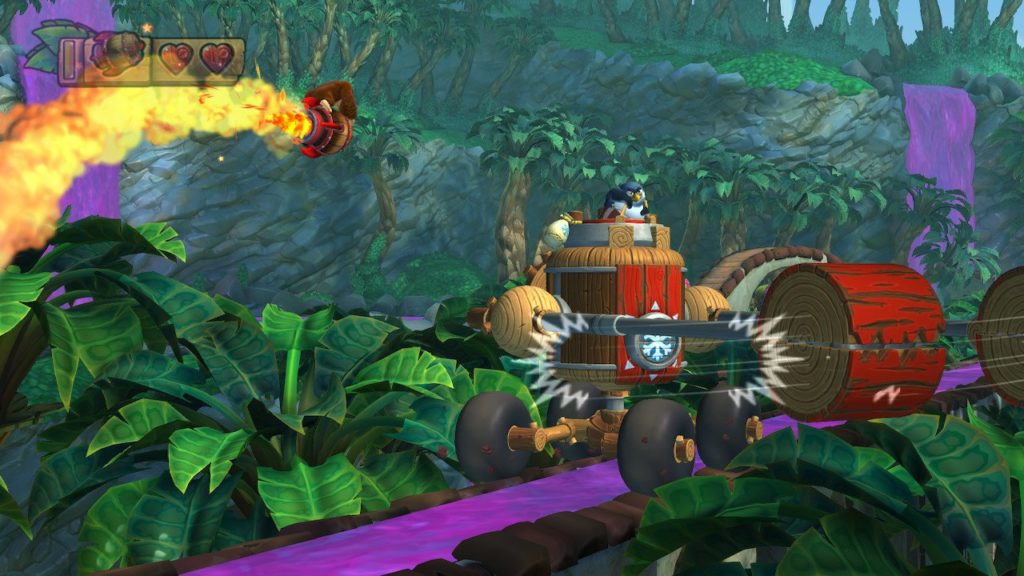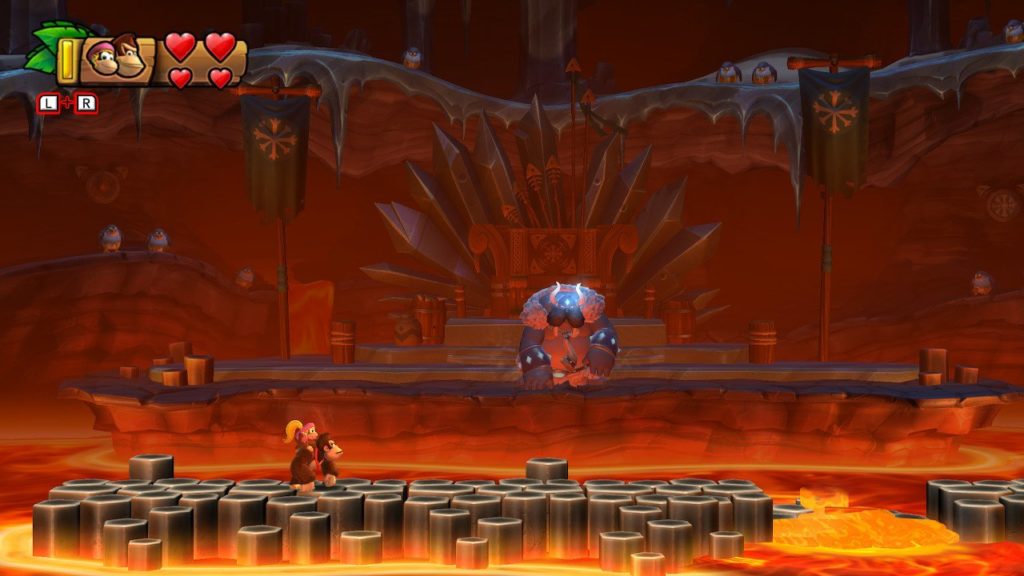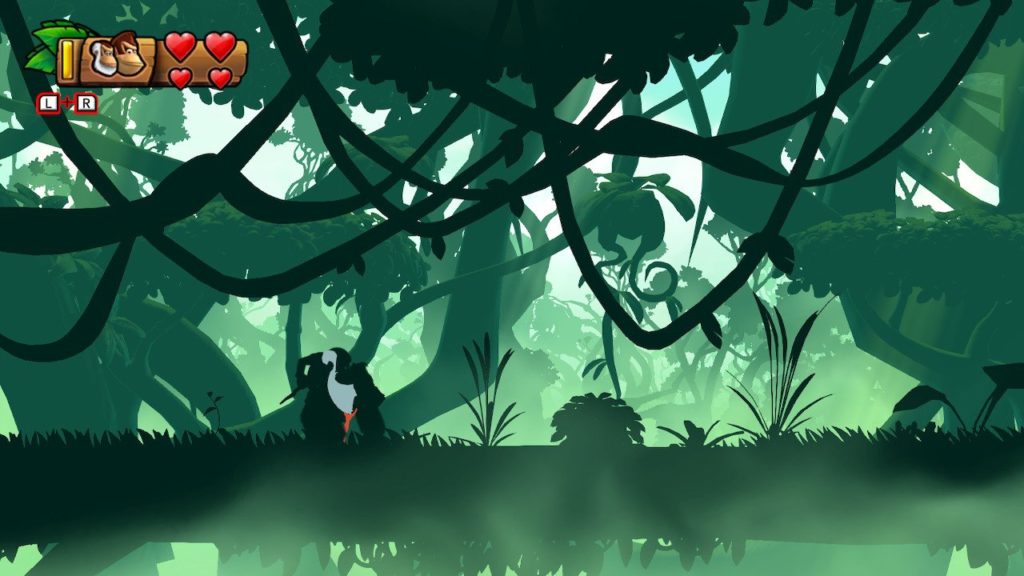- Genre: Platformer
- Platform: Switch
- Also Available On: Windows, PS4, Vita, Wii U, Xbox One
TL;DR
- Strong continuation of the Shantae series.
- Action/platformer gameplay is as strong as ever, and the DLC brings in interesting new gameplay styles in smaller segments.
The Shantae series has been one that’s always focused more on the action side of platformers, and this one is no different. While it has little bits that read of Metroidvanias, its focus is still tightly constructed levels, use of different powers to traverse obstacles, and really big three cycle boss fights to cap a level. Its all here like past games, but the quality is better than ever. The introduction of DLC campaigns for other characters only enhances the total package, giving new gameplay styles within the framework of the Shantae universe to enjoy.
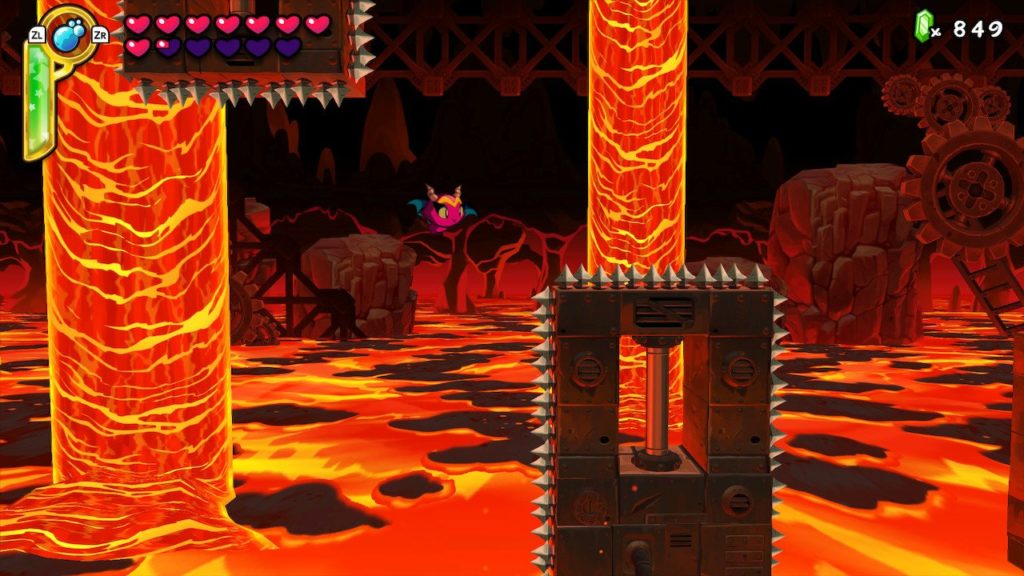
While the last game got rid of dances for story reasons, the core of the Shantae games has always been the use of power ups to get through levels. The core platforming elements have always been there, but powerups are the driving force behind getting through the world. In Half-Genie Hero, we’re back to using the genie belly dancing to activate these power ups. These can range from the bat power above to fly over gaps to an elephant that can charge through walls to a spider that can walk on ceilings. As you gain these powers, new areas in old levels become traverseable, and you go back through levels multiple times to both find story items, as well as find additional power ups.
If this is reading a lot like a Metroidvania, it’s because it definitely is to some extent. Previous games in the series have definitely been fully open Metroidvanias, but Pirate’s Curse and this one both followed a more linear single-level experience, with the ability to go back to levels through a world map for quicker access. What this really gains for the game over a typical Metroidvania experience is really speed of access. You can hop into any unlocked level at any time, get to the power up or item you need, then immediately hop back into the world map to go to the next place. There’s no slog of going back and forth through the same areas repeatedly to get to a specific area of the world. It also means that the first-time entry into a level is really tailored to the story. You get cutscenes about what’s going on, mini boss fights as a way to slow progress, and ultimately a big story boss at the end of each level.
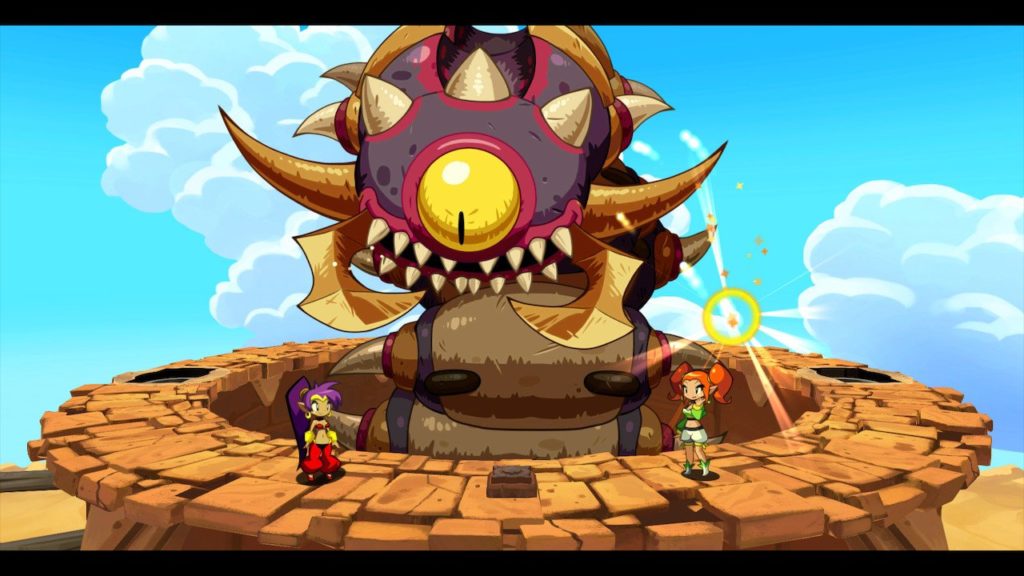
The boss fights are also where some of the more interesting gameplay mechanics end up happening. While there’s definitely simple bosses (it wouldn’t be Shantae without an appearance by the Squid Baron), you get a lot more experimental stuff going on in these fights. The one above takes place in a circular arena that the player will wrap around, lobbing cannonballs back at the boss. Another one of the bosses involves fighting against a giant mermaid, using hooks to make your way towards the boss’ face to land hits, a lot like old Donkey Kong Country gameplay. By and large it is these segments that show some of the best growth in the core gameplay of the series.
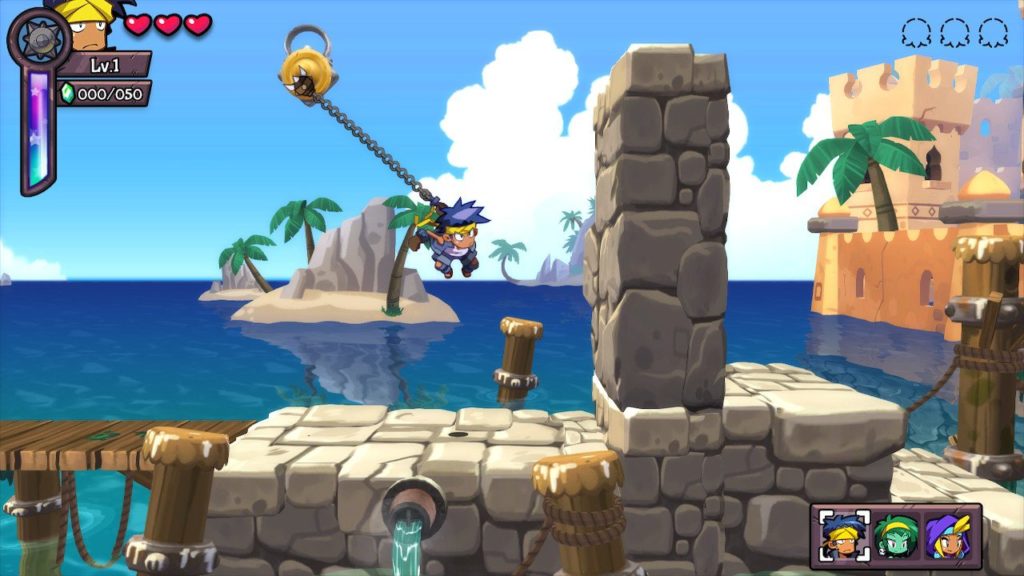
The biggest change with Half-Genie Hero though has to be the inclusion of support for DLC campaigns, which are all now included in the ultimate edition release of the game. These are fun mini-campaigns using other characters from the series. One has you running around doing the Risky Boots story in a very tight platforming-focused campaign. One has you playing as the three friends Sky, Bolo, and Rottytops using their unique abilities to get through heavy puzzle-focused levels. There are even a few mini aracde campaigns with things like a gun-based police campaign or a stealth-based ninja campaign.
The end result of all this DLC is that you have a really solid main campaign that is really less than half of the experience at this point. While you then go through and play through the same core level themes, the experience is always completely unique in each of the DLC packs, so you’re always learning fun new ways to replay the same content. From a sheer value standpoint, the ultimate edition released recently with all DLC really can’t be beat.
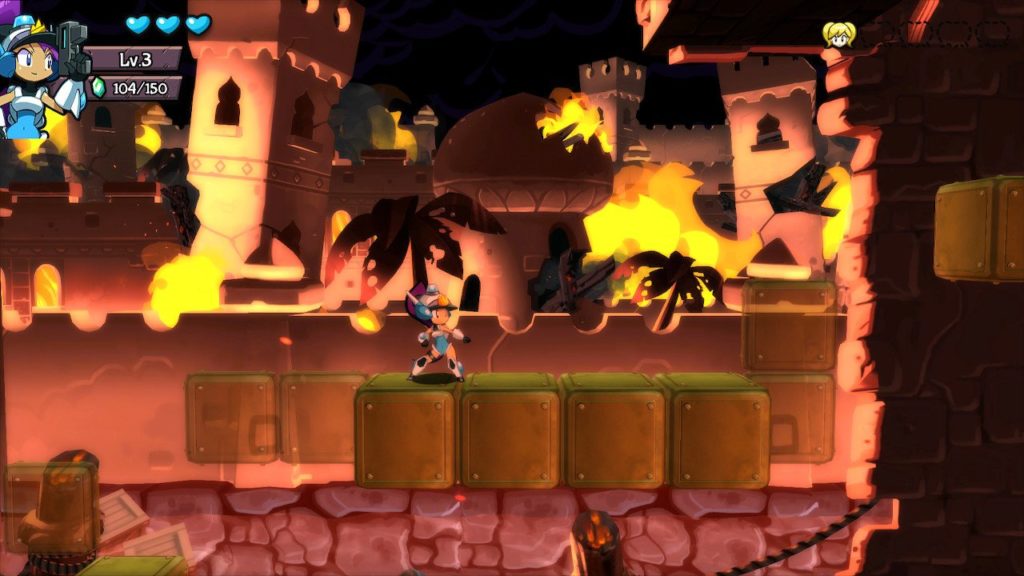
The previous Shantae games were always really high quality examples of action platformer gameplay, and this one is no different. The biggest difference here is that they simply went with the motto of “more”. There’s more powers to use, more gameplay variety due to DLC, and more total overall time to spend in the game. Despite all of the variety, the core gameplay hasn’t suffered at all. This is still a really mechanically tight game, and one that fans of the genre really shouldn’t miss.


